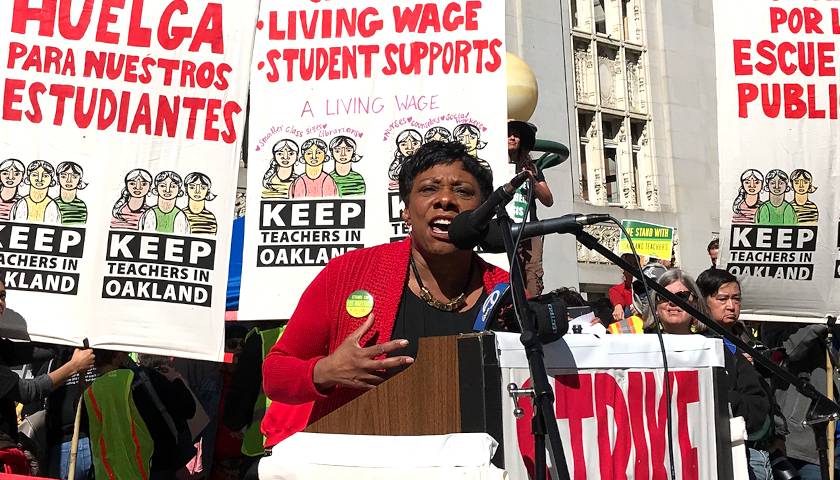by Heather Carson
This year marks the completion of high school for two of my children. Navigating the high school years has been both exciting and challenging. By the time our children had reached high school age, two things were apparent. First, homeschooling had allowed my kids to find and pursue their special interests—ones that had future career potential.
Second, while mastery of most subjects had been relatively easy, math and science were a bit more difficult. Despite overall higher testing outcomes within the homeschool community, there is a documented math gap for many homeschoolers. In other words, most homeschoolers score slightly lower than their non-homeschooled peers in math and science. (This is understandable, of course: I don’t know many mothers qualified to teach high-level math or science, and most of us don’t want our kitchens being turned into chemistry labs.)
As is often the case, my teens were tasked with teaching themselves these subjects from a textbook or online resources. And despite the fact that several of my children were more capable than I in comprehending these subjects, expecting them to teach themselves was not feasible or ideal. We needed help.
As I puzzled over a possible solution, I reached out to the larger homeschool community and found an interesting resource: dual enrollment at a community college.
Dual enrollment status is when a student takes college classes while still in high school. These classes are sometimes called AP (Advanced Placement) and are offered at most high schools. In AP, standard students can get an introduction to college level classes and even gain college credit.
For homeschoolers, AP means going directly to the community college for classes. This seemed like a good option for a couple of reasons: First, I was not equipped to teach upper-level math and science, and second, my kids needed more challenging content in these areas. I wasn’t sure what it would be like for teens aged 15, 16, and 17 to attend community college, but I figured we could give it a try and stop if it didn’t work.
We’re now on our second year of dual enrollment. Here’s what we’ve learned so far.
1. Dual Enrollment Is a Huge Academic Support
Free academic assessment and placement at the community college is a godsend. For my kids who struggled in the areas of math and science (and for those who showed giftedness in these areas), the community college’s assessment and placement programs were perfect. They met each child exactly where they were academically and made appropriate recommendations.
In this way, dual enrollment was less about the advanced placement offered in schools and more about offering support for subjects that are typically challenging to teach. Comfortingly, the assessment teacher I spoke with pointed out how common it is for their community college to see homeschoolers in these subjects.
Additionally, our college had student tutors available for free further support. Because of this, my teens have been able to move forward very quickly and have taken biology, chemistry, algebra, trigonometry, calculus, psychology, and more. Furthermore, they received full college credit for these classes, and even though they had never been in a traditional classroom setting, they’ve all excelled immensely.
2. Specialized Classes Are Available
For my kids with unique interests, dual enrollment has allowed them to explore specialized topics in a focused way. Classes in basic drawing, figure drawing, and metalsmithing have been wonderful. In fact, the community college near us is known for its art department, which has been amazing given my children’s interests and natural talents in this area.
3. College Costs Can Plummet
Financially, placing our high schoolers in college has not been overwhelming. Dual enrollment for residents cuts the cost of college credit nearly in half. Not only will our kids start their college careers well ahead (if they choose to continue), but they will have saved money with their already-completed college classes.
We were a bit nervous about how our kids would perform at the college level while still so young. For at least one of our kids, this was to be his very first time in a classroom! But they’ve all done amazingly well. They’ve been encouraged and challenged in ways that I simply could not have provided.
I’m incredibly proud of their ability to adapt to the new environment and continue the well-established habit of self-directed learning while receiving amazing support from their teachers. They had no problem taking responsibility for this new level of education, and they were able to go further and deeper in math and science than I could’ve taken them.
Homeschooling need not mean carrying the burden of your children’s education alone. Homeschooling is not a narrowing of choices; rather, it’s an opening up of options in order to best suit your children and your family.
– – –
Heather Carson is a homeschooling mother of eight and lives on a hobby farm. She enjoys teaching her children, writing, gardening, and Saturday dates with her husband of 21 years.




